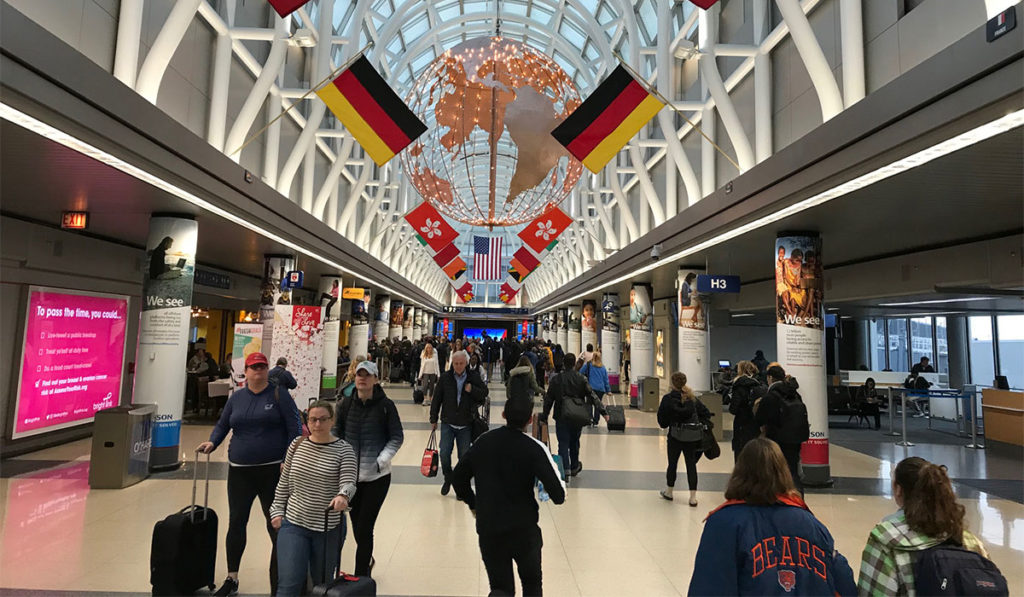
Corporate travel is often guided by travel risk programs that play a large factor in protecting the mobile workforce. Traveling abroad for business is no longer unusual, and, as the number of international business travelers continues to grow year after year, travel risk education has become imperative in protecting employees. There are always precautionary measures that should be implemented when preparing for a trip, and, as 2019 begins, travel managers must make sure to update travel risk programs to ensure the safety of their mobile workforce.
Alongside Ipsos MORI, the International SOS Foundation conducted a “Business Resilience Trends Watch 2019,” unveiling the top reasons why international business travelers in the Americas modify their itineraries. The top causes of modified itineraries include:
- Security Threats (57 percent)
- Natural Disasters (49 percent)
- Country Risk Rating (37 percent)
Often, employers wait until a threatening event occurs to an employee while on a business trip to update or implement travel risk programs. In reality, there are always ways that travel managers can better educate themselves and staff to prepare for any situation before it arises.
Using the following guidelines, travel risk managers and business travelers will make certain the mobile workforce is safe.
Companies should start by providing mandatory e-learning modules for all staff, and update it yearly, as well as offer additional assets that cater to specific profiles, such as female business travelers, LGBTQ and travelers with disabilities.
Before leaving for any destination, business travelers should have a detailed picture of the security and medical risks of that destination. To do this, travel managers should verbally provide this information to ensure the traveler is familiar with the full itinerary before departure.
Business travelers should also know and feel comfortable with the accommodations and advisories. Additionally, managers should provide medical and safety advisories to their mobile workforce detailing.
When planning business travel, it’s important to keep medical risk and security risk ratings in mind to adequately assess the type of preparation that is required. As an additional resource, International SOS launched its award-winning Travel Risk Outlook Map 2019, providing a comprehensive overview of medical, security and road safety risks by destination. This map aims to help organizations and their mobile workforce in travel risk mitigation efforts. The Medical Risk Ratings are determined by the International SOS Medical Information and Analysis team by assessing a range of health risks and mitigating factors, which include:
- Infectious diseases that are present in the region/country and environmental factors;
- The standard of emergency medical and dental care and access to pharmaceuticals;
- Medical evacuation capabilities; and
- The cultural, language and/or administrative barriers.
In the ever-changing world of security and health risks, it may seem difficult to encourage employees to travel to remote locations to conduct business. However, the goal of a travel risk program should be to facilitate travel in spite of the risks present.
Dr. Robert L. Quigley, M.D., D.Phil is the senior vice president and regional medical director of the Americas Region at International SOS, Inc.
















